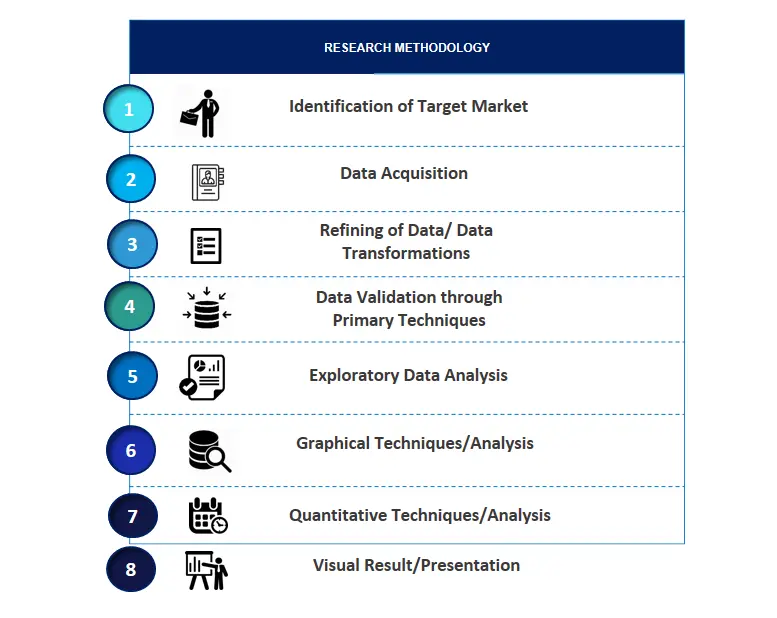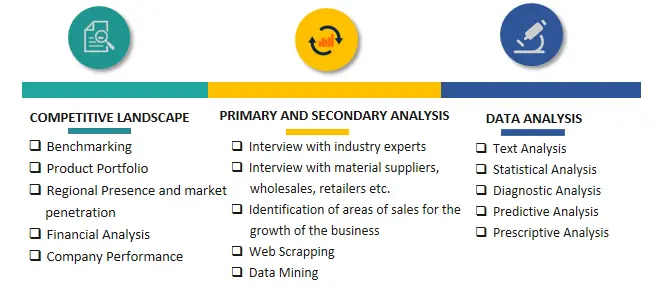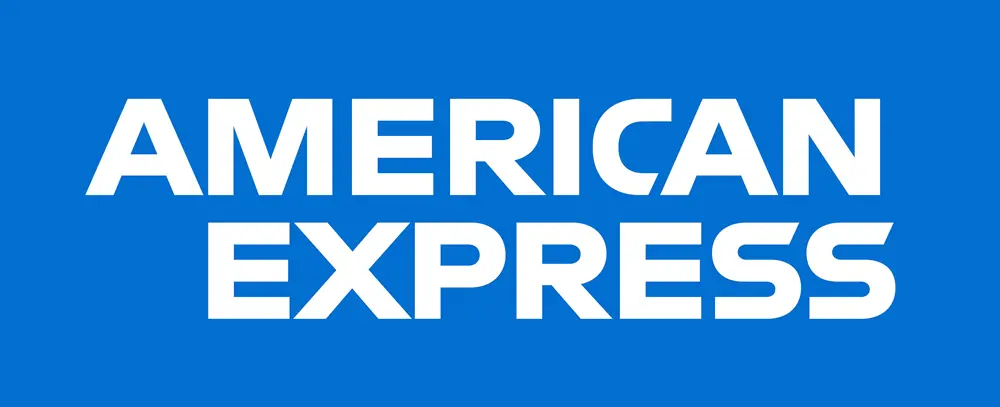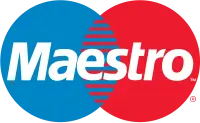
Automotive Lightweight Material Market Growth, Size, Trends, Revenue, Share and Future Outlook
Automotive Lightweight Material Market Size- By Material Type, By Propulsion Type, By Component, By Application, By Vehicle Type- Regional Outlook, Competitive Strategies and Segment Forecast to 2033
| Published: Nov-2023 | Report ID: AMIN23177 | Pages: 1 - 218 | Formats*: |
| Category : Automotive & Transportation | |||
- In March 2023: To design and construct complex metal and hybrid structures for body-in-white and chassis, ArcelorMittal and KIRCHHOFF Automotive GmbH partnered and signed a memorandum of understanding (MoU). ArcelorMittal hopes to break into the market for lightweight vehicle materials with this venture.
- In October 2022: A polypropylene (PP) compound created by LyondellBasell can lower a vehicle's weight by 10 kg.
- In June 2021: Continuous fiber-reinforced thermoplastic polymer (CFRTP), a novel composite with a strong structure and low weight, was created by Covestro AG.


| Report Metric | Details |
| Market size available for years | 2019-2033 |
| Base year considered | 2022 |
| Forecast period | 2023-2033 |
| Segments covered | By Material Type, By Propulsion Type, By Component, By Application, By Vehicle Type |
| Regions covered | North America, Asia-Pacific, Latin America, Middle East & Africa and Europe |
| Companies Covered | Alcoa Corporation, ArcelorMittal, BASF SE, Bayer AG, Covestro AG, Grupo Antolin, LyondellBasell, Magna International, Novelis, Owens Corning Corporation, PPG Industries, Saudi Arabia Basic Industries Corporation (SABIC), Toray Industries, Others |
- Automotive Engineers
- Automotive Manufacturers
- Environmental Organizations
- Insurance Companies
- Materials Suppliers
- Research and Development Teams
- Others
| By Material Type: |
|
| By Propulsion Type: |
|
| By Component: |
|
| By Application: |
|
| By Vehicle Type: |
|
- Global Automotive Lightweight Material Market Size (FY’2023-FY’2033)
- Overview of Global Automotive Lightweight Material Market
- Segmentation of Global Automotive Lightweight Material Market By Material Type (Composite, Elastomer, Metal, Plastic, Other)
- Segmentation of Global Automotive Lightweight Material Market By Propulsion Type (Electric Powered, IC Engine Powered, Others)
- Segmentation of Global Automotive Lightweight Material Market By Component (Bumper & Fender, Door and Seat, Engine & Exhaust, Frame, Fuel Tank, Hood & Trunk Lid, Instrument Panel, Seats, Transmission, Wheel, Others)
- Segmentation of Global Automotive Lightweight Material Market By Application (Body in White, Chassis and Suspension, Closures, Exterior, Interiors, Powertrain, Structural, Others)
- Segmentation of Global Automotive Lightweight Material Market By Vehicle Type (Heavy Commercial Vehicle, Light Commercial Vehicle, Passenger Vehicle)
- Statistical Snap of Global Automotive Lightweight Material Market
- Expansion Analysis of Global Automotive Lightweight Material Market
- Problems and Obstacles in Global Automotive Lightweight Material Market
- Competitive Landscape in the Global Automotive Lightweight Material Market
- Impact of COVID-19 and Demonetization on Global Automotive Lightweight Material Market
- Details on Current Investment in Global Automotive Lightweight Material Market
- Competitive Analysis of Global Automotive Lightweight Material Market
- Prominent Players in the Global Automotive Lightweight Material Market
- SWOT Analysis of Global Automotive Lightweight Material Market
- Global Automotive Lightweight Material Market Future Outlook and Projections (FY’2023-FY’2033)
- Recommendations from Analyst
1.1. Scope of the report1.2. Market segment analysis
2.1. Research data source2.1.1. Secondary Data2.1.2. Primary Data2.1.3. SPER’s internal database2.1.4. Premium insight from KOL’s2.2. Market size estimation2.2.1. Top-down and Bottom-up approach2.3. Data triangulation
4.1. Driver, Restraint, Opportunity and Challenges analysis4.1.1. Drivers4.1.2. Restraints4.1.3. Opportunities4.1.4. Challenges4.2. COVID-19 Impacts of the Global Automotive Lightweight Material Market
5.1. SWOT Analysis5.1.1. Strengths5.1.2. Weaknesses5.1.3. Opportunities5.1.4. Threats5.2. PESTEL Analysis5.2.1. Political Landscape5.2.2. Economic Landscape5.2.3. Social Landscape5.2.4. Technological Landscape5.2.5. Environmental Landscape5.2.6. Legal Landscape5.3. PORTER’s Five Forces5.3.1. Bargaining power of suppliers5.3.2. Bargaining power of buyers5.3.3. Threat of Substitute5.3.4. Threat of new entrant5.3.5. Competitive rivalry5.4. Heat Map Analysis
6.1. Global Automotive Lightweight Material Market Manufacturing Base Distribution, Sales Area, Product Type6.2. Mergers & Acquisitions, Partnerships, Product Launch, and Collaboration in Global Automotive Lightweight Material Market
7.1. Global Automotive Lightweight Material Market Value Share and Forecast, By Material Type, 2023-20337.2. Composite7.2.1. Carbon Fiber Reinforced Polymer (CFPR)7.2.2. Glass Fiber Reinforced Polymer (GFRP)7.2.3. Natural Fiber Reinforced Polymer (NFRP)7.2.4. Other Composites7.3. Elastomer7.4. Metal7.4.1. Aluminum7.4.2. High Strength Steel (HSS)7.4.3. Magnesium & Titanium7.5. Plastic7.6. Other
8.1. Global Automotive Lightweight Material Market Value Share and Forecast, By Propulsion Type, 2023-20338.2. Electric Powered8.3. IC Engine Powered8.4. Others
9.1. Global Automotive Lightweight Material Market Value Share and Forecast, By Component, 2023-20339.2. Bumper & Fender9.3. Door and Seat9.4. Engine & Exhaust9.5. Frame9.6. Fuel Tank9.7. Hood & Trunk Lid9.8. Instrument Panel9.9. Seats9.10. Transmission9.11. Wheel9.12. Others
10.1. Global Automotive Lightweight Material Market Value Share and Forecast, By Application, 2023-203310.2. Body in White10.3. Chassis and Suspension10.4. Closures10.5. Exterior10.6. Interiors10.7. Powertrain10.8. Structural10.9. Others
11.1. Global Automotive Lightweight Material Market Value Share and Forecast, By Vehicle Type, 2023-203311.2. Heavy Commercial Vehicle (HCV)11.3. Light Commercial Vehicle (LCV)11.4. Passenger Vehicle
12.1. Global Automotive Lightweight Material Market Size and Market Share
13.1. Global Automotive Lightweight Material Market Size and Market Share By Material Type (2019-2026)13.2. Global Automotive Lightweight Material Market Size and Market Share By Material Type (2027-2033)
14.1. Global Automotive Lightweight Material Market Size and Market Share By Propulsion Type (2019-2026)14.2. Global Automotive Lightweight Material Market Size and Market Share By Propulsion Type (2027-2033)
15.1. Global Automotive Lightweight Material Market Size and Market Share By Component (2019-2026)15.2. Global Automotive Lightweight Material Market Size and Market Share By Component (2027-2033)
16.1. Global Automotive Lightweight Material Market Size and Market Share By Application (2019-2026)16.2. Global Automotive Lightweight Material Market Size and Market Share By Application (2027-2033)
17.1. Global Automotive Lightweight Material Market Size and Market Share By Vehicle Type (2019-2026)17.2. Global Automotive Lightweight Material Market Size and Market Share By Vehicle Type (2027-2033)
18.1. Global Automotive Lightweight Material Market Size and Market Share By Region (2019-2026)18.2. Global Automotive Lightweight Material Market Size and Market Share By Region (2027-2033)18.3. Asia-Pacific18.3.1. Australia18.3.2. China18.3.3. India18.3.4. Japan18.3.5. South Korea18.3.6. Rest of Asia-Pacific18.4. Europe18.4.1. France18.4.2. Germany18.4.3. Italy18.4.4. Spain18.4.5. United Kingdom18.4.6. Rest of Europe18.5. Middle East and Africa18.5.1. Kingdom of Saudi Arabia18.5.2. United Arab Emirates18.5.3. Rest of Middle East & Africa18.6. North America18.6.1. Canada18.6.2. Mexico18.6.3. United States18.7. Latin America18.7.1. Argentina18.7.2. Brazil18.7.3. Rest of Latin America
19.1. Alcoa Corporation19.1.1. Company details19.1.2. Financial outlook19.1.3. Product summary19.1.4. Recent developments19.2. ArcelorMittal19.2.1. Company details19.2.2. Financial outlook19.2.3. Product summary19.2.4. Recent developments19.3. BASF SE19.3.1. Company details19.3.2. Financial outlook19.3.3. Product summary19.3.4. Recent developments19.4. Bayer AG19.4.1. Company details19.4.2. Financial outlook19.4.3. Product summary19.4.4. Recent developments19.5. Covestro AG19.5.1. Company details19.5.2. Financial outlook19.5.3. Product summary19.5.4. Recent developments19.6. Grupo Antolin19.6.1. Company details19.6.2. Financial outlook19.6.3. Product summary19.6.4. Recent developments19.7. LyondellBasell19.7.1. Company details19.7.2. Financial outlook19.7.3. Product summary19.7.4. Recent developments19.8. Magna International19.8.1. Company details19.8.2. Financial outlook19.8.3. Product summary19.8.4. Recent developments19.9. Novelis19.9.1. Company details19.9.2. Financial outlook19.9.3. Product summary19.9.4. Recent developments19.10. Owens Corning Corporation19.10.1. Company details19.10.2. Financial outlook19.10.3. Product summary19.10.4. Recent developments19.11. PPG Industries19.11.1. Company details19.11.2. Financial outlook19.11.3. Product summary19.11.4. Recent developments19.12. Saudi Arabia Basic Industries Corporation (SABIC)19.12.1. Company details19.12.2. Financial outlook19.12.3. Product summary19.12.4. Recent developments19.13. Toray Industries19.13.1. Company details19.13.2. Financial outlook19.13.3. Product summary19.13.4. Recent developments19.14. Others
SPER Market Research’s methodology uses great emphasis on primary research to ensure that the market intelligence insights are up to date, reliable and accurate. Primary interviews are done with players involved in each phase of a supply chain to analyze the market forecasting. The secondary research method is used to help you fully understand how the future markets and the spending patterns look likes.
The report is based on in-depth qualitative and quantitative analysis of the Product Market. The quantitative analysis involves the application of various projection and sampling techniques. The qualitative analysis involves primary interviews, surveys, and vendor briefings. The data gathered as a result of these processes are validated through experts opinion. Our research methodology entails an ideal mixture of primary and secondary initiatives.



Frequently Asked Questions About This Report
PLACE AN ORDER
Year End Discount
Sample Report
Pre-Purchase Inquiry
NEED CUSTOMIZATION?
Request CustomizationCALL OR EMAIL US
100% Secure Payment






Related Reports
Our Global Clients
Our data-driven insights have influenced the strategy of 200+ reputed companies across the globe.




















